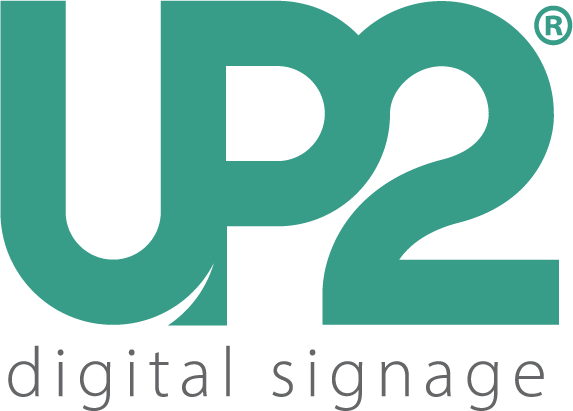Maintenance & Warranty: What Buyers Overlook (UAE Climate)
Introduction
In the UAE, LED screens face one of the harshest operating environments in the world. High temperatures, humidity, and airborne dust continuously test the durability of every component. Yet, many buyers focus only on price or warranty length—overlooking how preventive maintenance and environmental adaptation directly affect screen lifespan.
This guide explains how local climate impacts LED performance, which maintenance steps matter most, and what warranties truly cover.
1. The UAE Climate Challenge
LED systems are typically rated for controlled environments around 25 °C and moderate humidity. In contrast, UAE installations often operate under:
-
Surface temperatures exceeding 60–70 °C
-
Fine dust and sandstorms that clog ventilation paths
-
High humidity and salinity in coastal zones
-
Voltage fluctuations caused by heavy air-conditioning loads
Without regular maintenance, these conditions can cause:
-
Color fading and LED degradation
-
Power-supply failures due to overheating
-
Connector corrosion and moisture ingress
-
Reduced brightness and shortened component life
2. Common Maintenance Mistakes
| Mistake | Consequence | Prevention |
|---|---|---|
| Skipping regular cleaning | Overheating and fan failure | Clean monthly using dry air and soft cloths |
| Ignoring power-surge events | PSU or module burnout | Install surge protectors and stabilizers |
| Using indoor LEDs outdoors | Water ingress, corrosion | Always verify IP rating |
| Inadequate cabinet sealing | Rust and short circuits | Reseal joints annually |
| Neglecting calibration | Uneven brightness and color drift | Recalibrate every 6–12 months |
| Clogged vents or filters | Temperature rise | Inspect quarterly |
3. Warranty vs Reality (UAE Context)
Most reputable LED manufacturers provide a 5-year standard warranty covering manufacturing or assembly defectsunder normal operating conditions.
However, warranty coverage is often misunderstood:
-
It protects against factory defects, not environmental damage from heat, dust, or moisture.
-
Power supplies, controllers, and cabling may carry shorter OEM warranties.
-
Preventive maintenance records are usually required to maintain coverage validity.
To achieve consistent performance, many professional suppliers offer optional maintenance service contracts—available as annual renewable agreements or multi-year packages.
These typically include:
-
Periodic cleaning and calibration visits
-
On-site inspections and temperature checks
-
Log-based performance reports
-
Emergency support and spare-part replacement
Combined, warranty and service form a complete lifecycle protection plan—ensuring optimal operation beyond the factory’s original commitment.
4. Realistic Lifespan in UAE Conditions
| Display Type | Environment | Nominal Lifespan (Lab) | Realistic Lifespan (UAE) |
|---|---|---|---|
| Indoor LED (A/C-controlled) | 22–25 °C, low humidity | 100 000 h (~11 yrs) | 8–10 yrs |
| Outdoor LED (direct sun) | 45–60 °C, dusty | 100 000 h | 5–7 yrs |
| LCD / Projection | Indoor only | 50 000 h | 3–5 yrs |
5. Preventive Maintenance Checklist
Monthly
-
Clean display surfaces and vents with dry air.
-
Check power and signal cables for discoloration or looseness.
-
Review system logs for voltage or temperature warnings.
Quarterly
-
Tighten module screws and grounding points.
-
Inspect cabinet seals and filters.
-
Verify power-supply voltage outputs.
Semi-Annually
-
Perform full brightness and color calibration.
-
Reseal cabinet joints if silicone hardens or cracks.
-
Back up configuration files.
Annually
-
Conduct comprehensive inspection by certified technicians.
-
Replace aging fans, connectors, and power units.
-
Issue a formal maintenance report with test readings.
6. Engineering Practices That Extend Lifespan
Well-engineered LED systems use preventive design to reduce failure risk:
-
Thermal management through aluminum cabinet construction and airflow simulation.
-
Automatic brightness control linked to ambient sensors to reduce heat load.
-
Redundant power supplies to maintain uptime.
-
Scheduled calibration logs for consistent color performance.
7. The Cost of Neglect
Skipping maintenance may appear to save money but leads to:
-
Costly module or PSU replacements
-
Downtime and lost advertising exposure
-
Faster LED aging due to heat stress
In the UAE, where many screens operate up to 24 hours daily, a few preventive visits each year can extend usable life by several years.
8. Conclusion
In demanding climates, maintenance is not optional—it’s essential.
While most high-quality LED brands provide five-year warranties, long-term reliability depends on how well the screen is maintained and monitored.
Preventive service, calibration, and thermal management together ensure consistent brightness, safety, and return on investment over a decade of operation.
References
-
Novastar – LED Display Control System Knowledge Base
https://www.novastar.tech -
Colorlight – LED Display Technology Guides
https://www.colorlight-led.com -
LEDinside (TrendForce) – Market and Reliability Reports
https://www.ledinside.com

